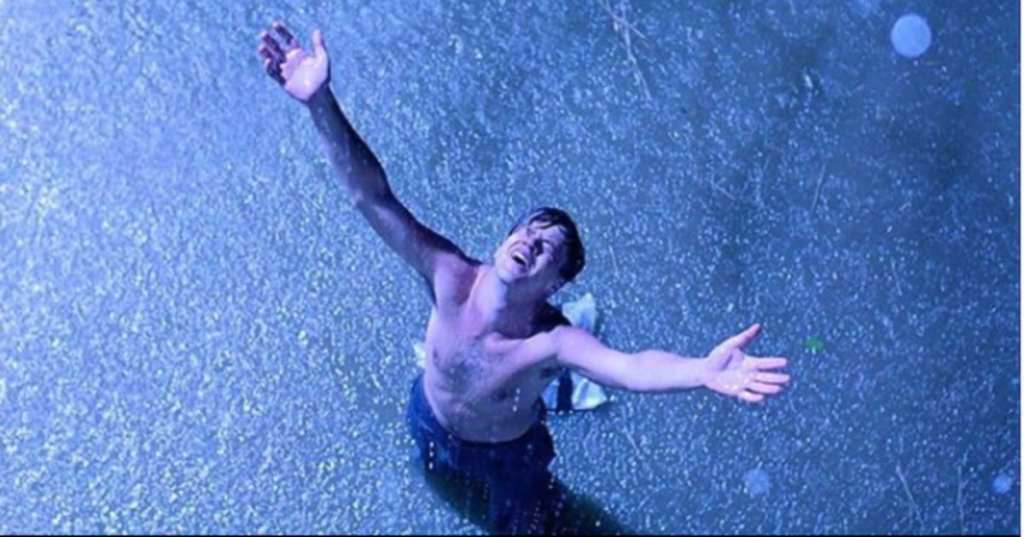If you’re not old enough to remember the year The Shawshank Redemption hit theaters, then it will probably surprise you to learn that absolutely no one cared enough to go and see it.
Strange, considering that the early buzz from critics was promising, and that test audiences had also rated it well – as well as any other film from Warner Bros. had scored in recent memory, actually.
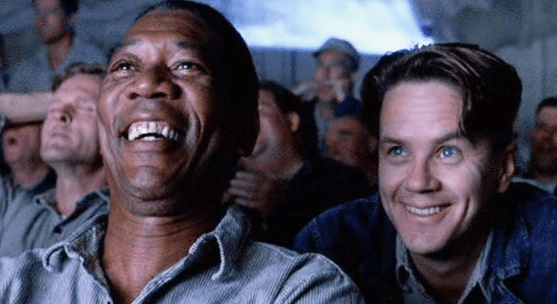
Image Credit: Columbia Pictures
But when director Frank Darabont and producer Liz Glotzer dropped by a Hollywood theater on opening weekend to see how audiences were liking it, they were hard-pressed to find one.
The felt confident in the film they had made, but in its first theatrical run, The Shawshank Redemption made only $16 million – not even coming close to earning back its $25-$28 million dollar budget.
Frank Darabont, who had made the entire project happen out of love for Stephen King’s work, was not only disappointed, but confused. He’d been just 21 years old in 1980 the first time he’d written to King and asked for permission to adapt one of his short stories – The Woman in the Room.
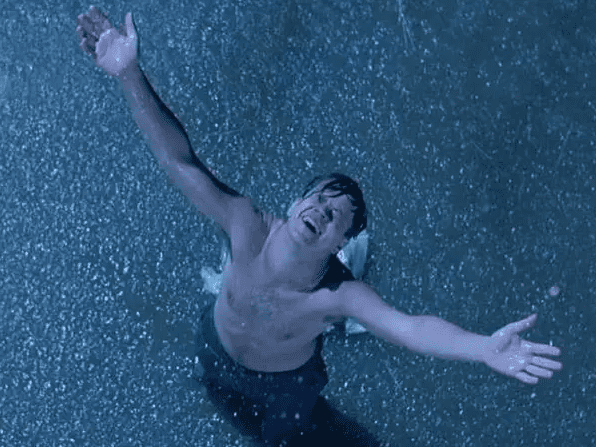
Image Credit: Columbia Pictures
Though he eventually finished that adaptation, when he wanted to do a longer film, Darabont decided to shoot for something that wasn’t horror. He’d recently finished A Nightmare on Elm Street 3: Dream Warriors and didn’t want to be pigeonholed.
He asked instead for the rights to Rita Hayworth and the Shawshank Redemption and received them in exchange for a few thousand dollars.
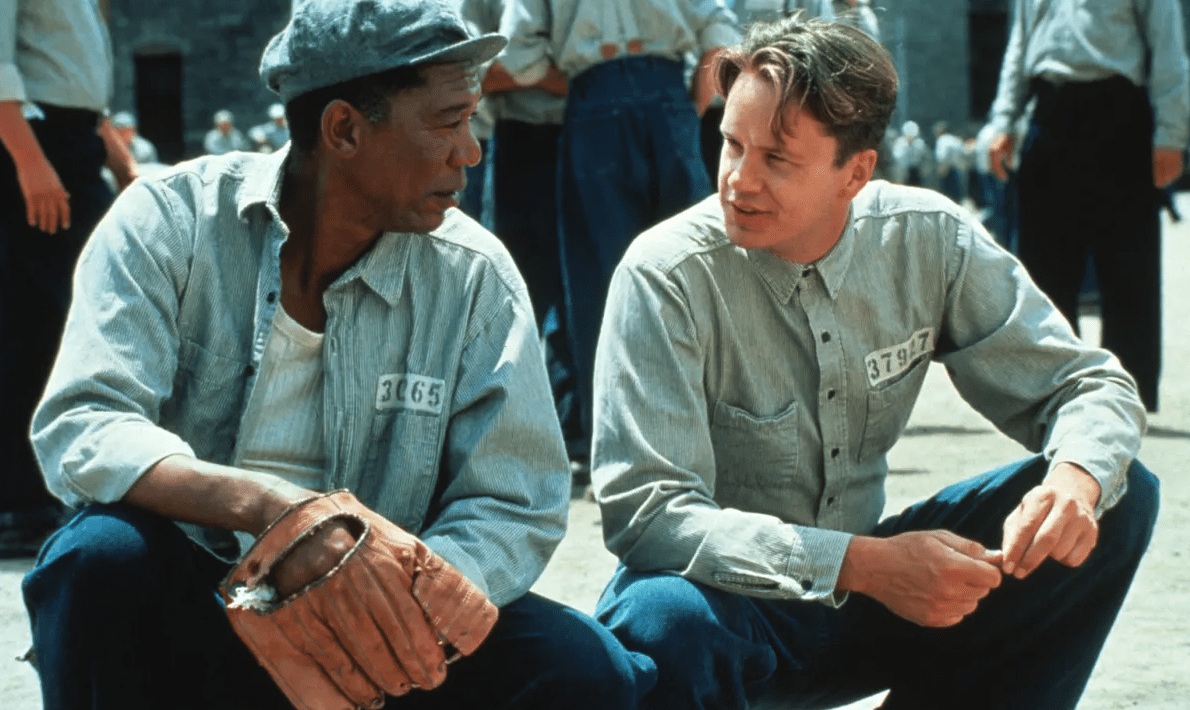
Image Credit: Columbia Pictures
Castle Rock, the company behind Stand by Me, another King adaptation, loved the script. Executives Liz Glotzer and Rob Reiner were both all in, and after a quick tussle over who would direct (Reiner wanted to take the reins, and had even secured Tom Cruise as the star – Cruise left when Reiner agreed to let Darabont keep the project), they were set to go.
Tim Robbins and Morgan Freeman (whose character was described as a white Irishman in the novella) signed on and they filmed the summer of 1993 at Ohio State Reformatory. The building had been closed since 1990 amid allegations of inhumane treatment (read: it’s haunted as sh*t), and the cast and crew felt suffocated in the space.
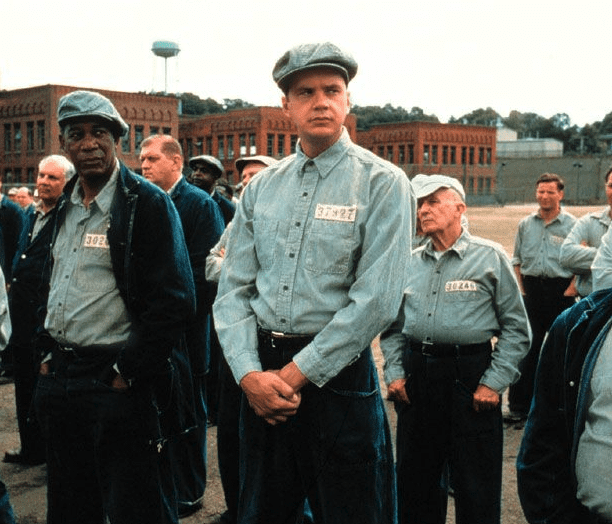
Image Credit: Columbia Pictures
Robbins called the script the best he’d ever read, everyone at Castle Rock and Warner Bros. was pleased with what went in the can, so why was it so poorly received?
Theories abound – the inconsistency of King’s adaptations, the general lack of enthusiasm surrounding prison movies, and the fact that Pulp Fiction released the same weekend – but most agree that the latter was the nail in the coffin.
Pulp Fiction had been the darling of Cannes, Tarantino was a breath of fresh air, and people were seriously in love with Travolta’s comeback story. Add in the fact that Pulp Fiction promised to be a fun romp while Shawshank looked to be a bit more of a downer, and audience apparently felt the choice was simple.

Image Credit: Columbia Pictures
Things began to turn around in 1995, when Shawshank was nominated for seven Oscars – and big ones, too. People began to sit up, pay attention, and to wonder what they’d missed.
It made some cash in a theatrical re-release, but the rental market was where the splash was made – it even outperformed Forrest Gump. Then, in 1997, TNT bought the cable rights to the film and put it in a regular rotation.
Once people actually sat and viewed the film, they fell in love with it the way audiences continue to today – and it can be hard to believe that the creators ever had to worry that no one would ever view their little gem.
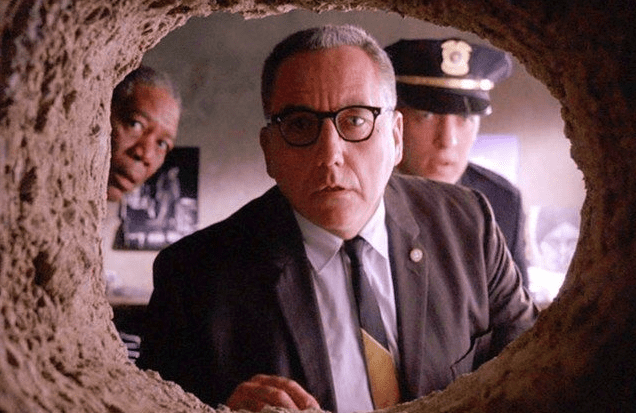
Image Credit: Columbia Pictures
It seems that, even in the worst of times, people enjoy a message of hope and persistence that pays off in the end.
It’s become a success in every sense of the word, and in the end, Darabont optioned it for nothing. King sent the uncashed check back when the movie was finished with a note that read “Just in case you need bail money. Love, Steve.”
Image Credit: Wikimedia Commons
If you ask me, that’s exactly what we all need in our corner – an understanding mentor and a few thousand bucks.
Just in case.

